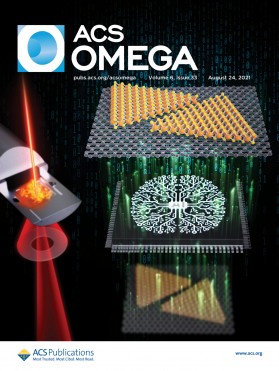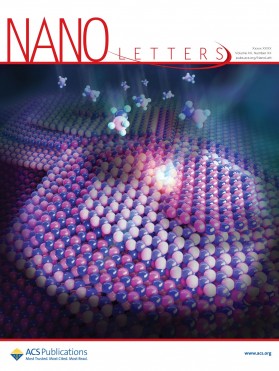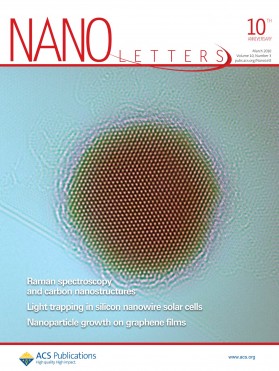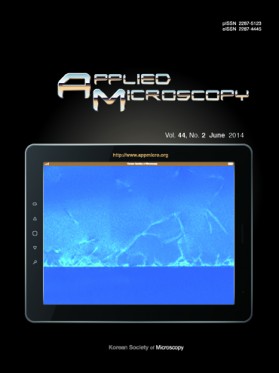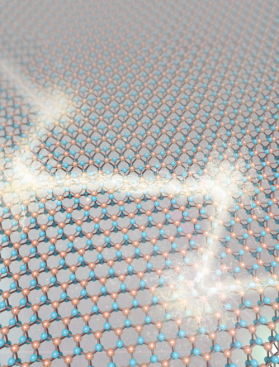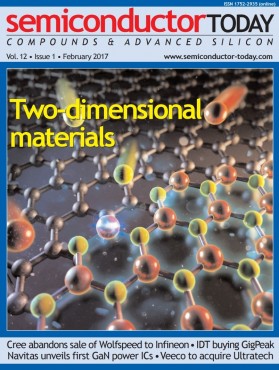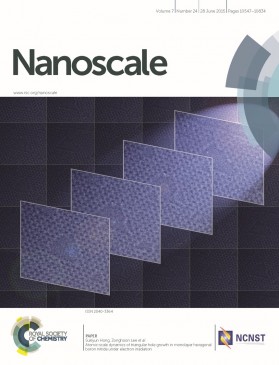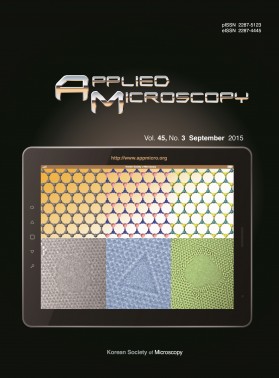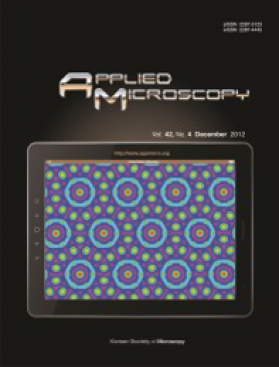Research
Prof. Zonghoon Lee’s Atomic-Scale Electron Microscopy Lab
Prof. Zonghoon Lee’s Atomic-Scale Electron Microscopy Lab
The electronic, catalytic, and optical properties of transition metal dichalcogenides (TMDs) are significantly affected by oxidation, and using oxidation to tune the properties of TMDs has been actively explored. In particular, because transition metal oxides (TMOs) are promising hole injection layers, a TMD–TMO heterostructure can be potentially applied as a p-type semiconductor. However, the oxidation of TMDs has not been clearly elucidated because of the structural instability and the extremely small quantity of oxides formed. Here, we reveal the phases and morphologies of oxides formed on two-dimensional molybdenum disulfide (MoS2) using transmission electron microscopy analysis. We find that MoS2 starts to oxidize around 400 °C to form orthorhombic-phase molybdenum trioxide (α-MoO3) nanosheets. The α-MoO3 nanosheets so formed are stacked layer-by-layer on the underlying MoS2 via van der Waals interaction and the nanosheets are aligned epitaxially with six possible orientations. Furthermore, the band gap of MoS2 is increased from 1.27 to 3.0 eV through oxidation. Our study can be extended to most TMDs to form TMO–TMD heterostructures, which are potentially interesting as p-type transistors, gas sensors, or photocatalysts.
Our research focuses on atomic-scale characterization, design, and synthesis as well as the properties of advanced materials including 2D materials, carbon materials, and soft matter by means of aberration-corrected transmission electron microscopy and spectroscopy. In situ experiments at both the atomic and nano scales are implemented for our study.
Advanced TEM Characterization